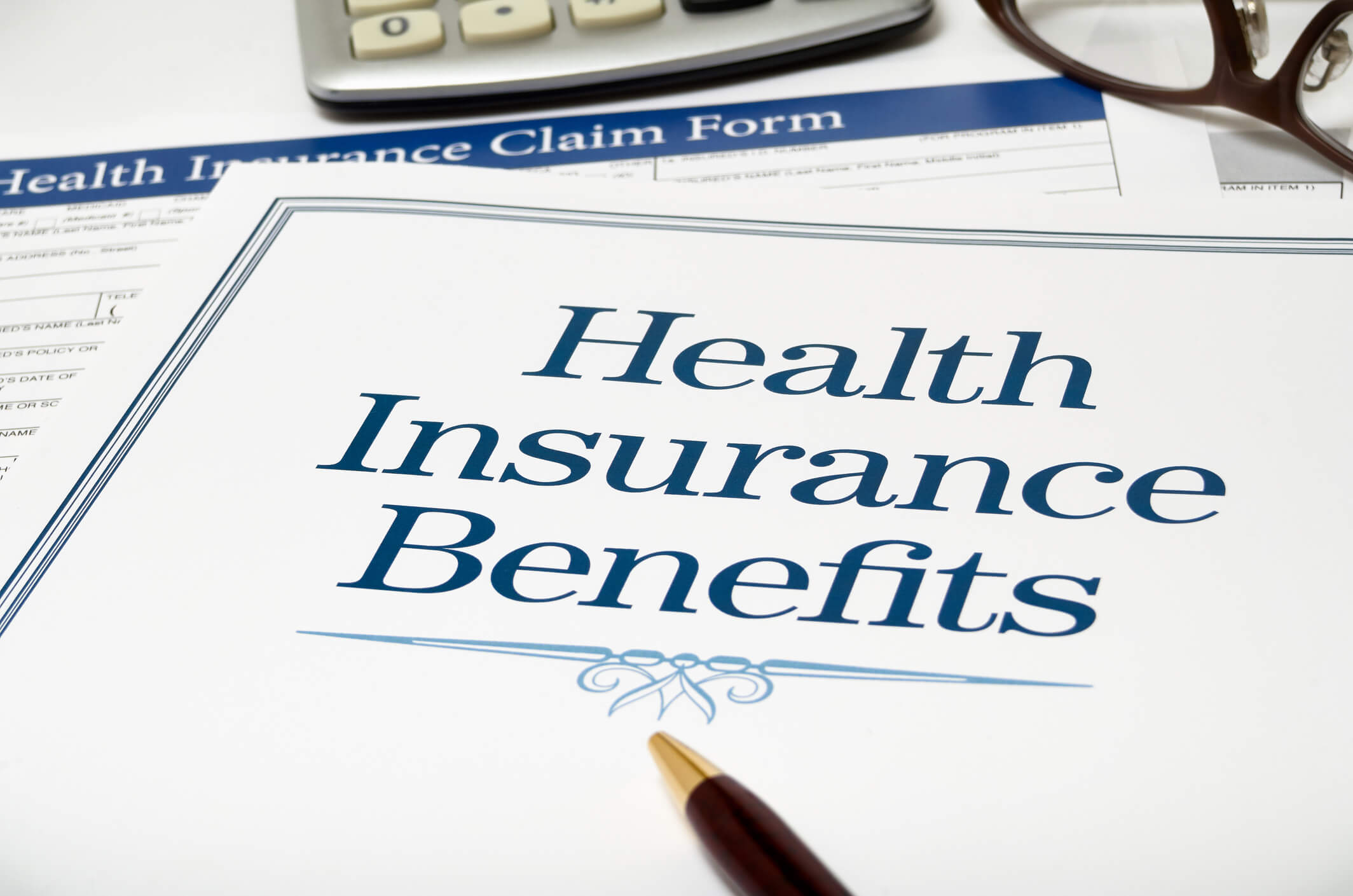Excitement About Automobile Insurance In Toccoa, Ga
Top Guidelines Of Automobile Insurance In Toccoa, Ga
Table of ContentsAn Unbiased View of Health Insurance In Toccoa, GaSome Ideas on Final Expense In Toccoa, Ga You Need To KnowAn Unbiased View of Health Insurance In Toccoa, GaAutomobile Insurance In Toccoa, Ga Fundamentals Explained

New immigrants account for a substantial percentage of individuals without wellness insurance. The connection between health and wellness insurance coverage and access to care is well established, as documented later in this chapter. The partnership in between health and wellness insurance coverage and health and wellness results is neither direct neither straightforward, a substantial scientific and health solutions research literature links health and wellness insurance coverage to better accessibility to care, better high quality, and boosted personal and population wellness condition.
Little Known Facts About Home Owners Insurance In Toccoa, Ga.
The problems encountered by the underinsured remain in some areas comparable to those dealt with by the without insurance, although they are usually much less serious. Uninsurance and underinsurance, nevertheless, include noticeably different plan problems, and the methods for resolving them may differ. Throughout this research and the 5 records to follow, the primary emphasis is on individuals without medical insurance and hence no assistance in spending for healthcare past what is available via charity and safeguard organizations.

Medical insurance is a powerful element impacting invoice of treatment because both clients and medical professionals react to the out-of-pocket cost of solutions. Medical insurance, nonetheless, is neither essential neither enough to gain access to medical solutions. Nevertheless, the independent and straight impact of health insurance coverage on access to health services is well developed.
Others will certainly get the health care they require even without medical insurance, by spending for it expense or seeking it from carriers who offer care cost-free or at extremely subsidized rates - Final Expense in Toccoa, GA. For still others, health insurance policy alone does not guarantee invoice of treatment due to the fact that of other nonfinancial obstacles, such as an absence of healthcare service providers in their neighborhood, restricted accessibility to transport, illiteracy, or linguistic and cultural distinctions
The 6-Second Trick For Life Insurance In Toccoa, Ga
Official study about without insurance populations in the USA dates to the late 1920s and very early 1930s when the Board on the Expense of Healthcare produced a series of records about funding doctor office gos to and hospitalizations. This problem came to be prominent as the varieties of clinically indigent climbed up during the Great Depression.
Empirical research studies consistently support the web link between access to care and enhanced health end results (Bindman et al., 1995; Starfield, 1995). Having a routine resource of care can be taken into consideration a forecaster of gain access to, as opposed to a direct measure of it, when health and wellness end results are themselves used reference as accessibility indications. Health Insurance in Toccoa, GA. This expansion of the idea of access dimension was made by the IOM Board on Keeping Track Of Gain access to to Personal Healthcare Provider (Millman, 1993, p
However, the effect of moms and dads' health and wellness and medical insurance on the wellness of their kids has received focus just lately. Whether or not parents are insured shows up to impact whether their kids obtain care as well as exactly how much careeven if the kids themselves have protection (Hanson, 1998).
See This Report about Annuities In Toccoa, Ga

Although emergency departments are depicted as an expensive and unsuitable site of medical care services, numerous uninsured individuals look for care in emergency departments since they are sent there by other healthcare providers or have no place else to go. Emergency treatment specialists suggest that the country's emergency situation divisions not only function as suppliers of last hope yet are an essential entrance point right into the healthcare system (O'Brien et al (https://www.pexels.com/@jim-thomas-944243955/)., 1999)
Phase 2 provides an overview of exactly how employment-based health insurance coverage, public programs and private insurance coverage operate and interact to offer considerable yet insufficient insurance coverage of the U.S. population. This includes an evaluation of historic trends and public laws affecting both public and private insurance policy, a conversation of the communications amongst the various sorts of insurance, and an assessment of why individuals move from one program to one more or wind up without any coverage.Chapter 3 synthesizes existing information to reach a composite description of the without insurance: What qualities do individuals without protection commonly share? Where do the without insurance real-time? The phase also presents details concerning the threat of being or ending up being uninsured: Just how does the opportunity of being uninsured modification depending upon selected attributes, such as racial and ethnic identification, rural or urban residency, and age? What are the possibilities for particular populations, such as racial and ethnic minorities, country homeowners, and older working-age individuals, of being without insurance? Exactly how does the opportunity of being uninsured adjustment over a lifetime? Along with identifying the likelihood of being without insurance in terms of a solitary dimension, such as gender, age, race, work standing, or geographic area, Chapter 3 Provides the outcomes of multivariate analyses that provide an even more helpful representation of the elements that contribute to the possibilities of being without insurance.